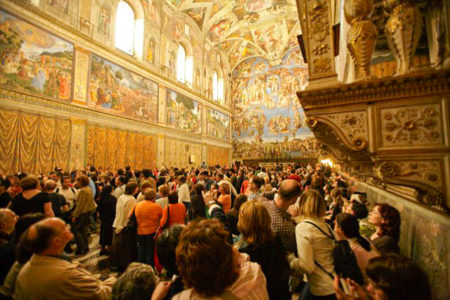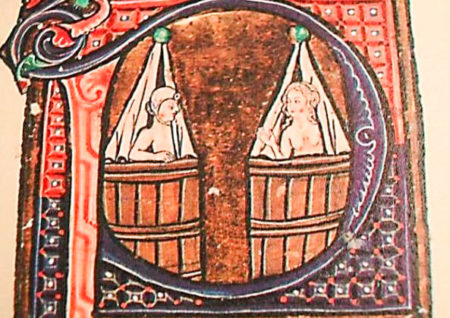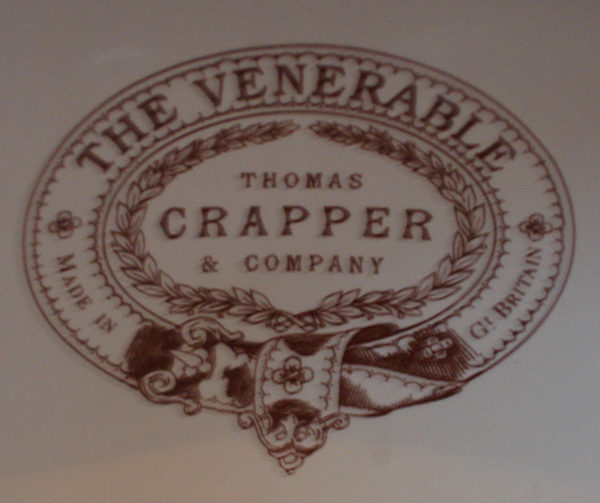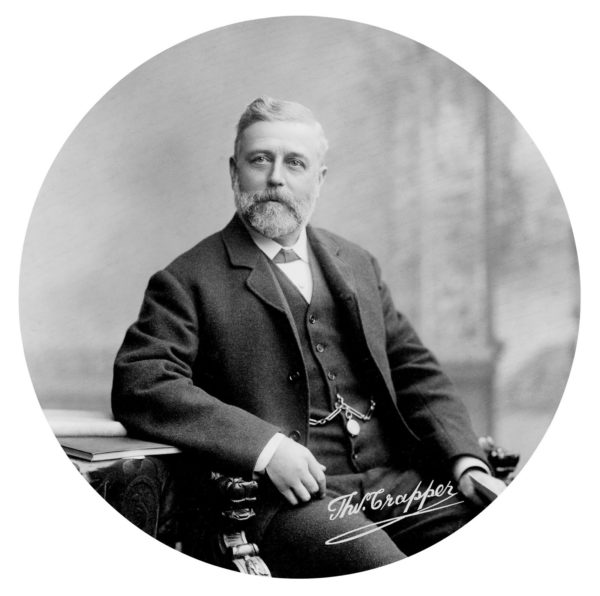Now do we really care how many times Mila Kunis bathes her children? Or for that matter, how many times Ashton Kutcher showers or the hygiene habits of any modern celebrity? (For our international friends, this has been a big topic of recent discussion on social media in our country.) I’m most concerned about the bathing habits of other people when I’m in Rome in mid-July on a hot and sticky day inside the Sistine Chapel packed with five thousand other people looking up at the ceiling.

I wrote a blog some time ago addressing medieval sleep habits (click here to read the blog, Medieval Sleep Number©️ Bed). The important question in that blog was “Why were beds so short back then?” It’s not what you might think but you’re probably close. So, today I believe we will discuss something most of us do after getting out of bed in the morning . . . namely, bathing habits. After the folks in the Middle Ages crawled out of their short beds, what was their daily hygiene process?
The answer as to whether people from the Middle Ages were, let’s say, aromatic is not clear cut. There are many opinions about bathing frequencies and types of bathing habits. Opinions are formed by studying medieval illustrations, written accounts, and pure conjecture. Some people believe bathing was done on a regular basis while others point to evidence supporting intermittent bathing. I have not run across anyone’s opinion that bathing was totally neglected. Like many historical questions, there is not one simple answer.



